Winnie, a beautiful, musical, and timid African Grey who was apprehensive about people but loving once you gain her trust came to us last year from a local non-profit rescue, Parrot Education & Adoption Center, as a foster. She picked up Mozart’s Queen of the Night after hearing it just twice and improved my coloratura game immensely with her clear resonance and astounding range. Winnie was tech savvy and racked up on my electricity bill by talking to our Alexa devices constantly.
Unfortunately, she was also an anxious creature who plucked constantly—to the point that she has NO tail, and my goal as a PEAC foster was to rehabilitate her for adoption, but I made it a personal goal to re-feather her. With years of experience rehabilitating feral cats otherwise doomed for euthanasia and a go-to foster for pregnant cats at Helen Woodward Animal Center, I saw this as the next-level challenge in animal behavior science.
Whereas dogs and cats have been domesticated for thousands of years, any pet parrot today is only two generations from their wild, free-flying ancestors. For survival, they’re designed to communicate with their flock loudly and clearly even through a dense rain forest. They also chew, bite, scratch to prevent their beaks and nails from growing unsafely long. Sadly, many of these natural instincts lead to pet parrots’ abandonment.
Birds are often recognized for their remarkable cognitive ability. Einstein, the most researched parrot to date, demonstrated his species’ contextual understanding of language when he wasn’t taught the vocabulary “banana” but requested a “long, yellow fruit” from his caretaker, creatively using the vocabularies he was taught in completely different context and combination. This level of intelligence demands to be utilized, so when parrots are locked up in a cage all day, unstimulated, with nothing to do, they WILL find something to do. They will pluck their own feathers, pick their skin, and scream for attention. In behavior therapy terms, those are just maladaptive behaviors, undesirable coping skills that need to be replaced with positive ones just like tantrums and bullying in children.
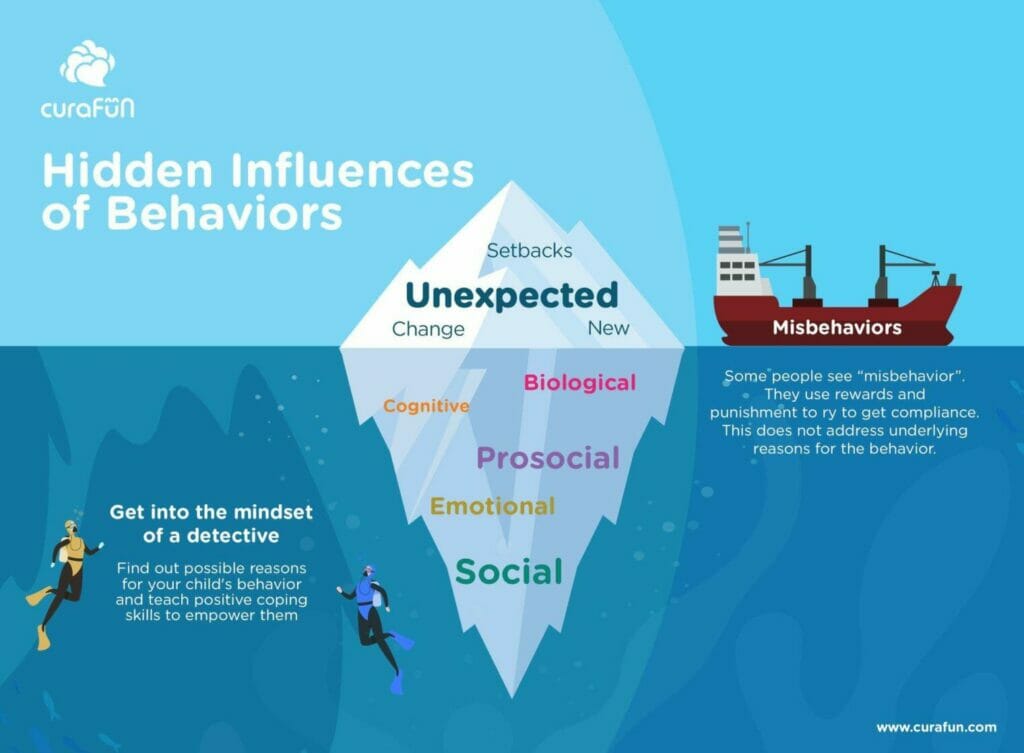
Change is hard, and change is slow. In the first of our 12-Step Make It Happen series, I discussed the power of consistency. In the context of feather plucking in parrots, animal behaviorists recommend out-of-cage human interaction time, proper amount of sun and sleep and foraging activities so parrots must keep their minds and bodies active and work for their food.
Correct and Consistent Implementation Leads to Success
When I cared for a newborn litter of 5 kittens who were just learning to use the litter box, there was a lot of cleaning. But it was nothing compared to the proper caregiving of parrots, and Winnie covered my house with thrown out food, droppings, feathers and skin flakes that she’s picked.
But I continued offering different enrichment and foraging activities to replace her feather plucking and was the proudest foster bird mom when a ruby red feather sprang up on her tail. Winnie was successfully adopted during the early days of COVID quarantine through PEAC, and I was very proud to have been a part of the process. Winnie has and will continue to bring her new family love and beautiful music.
Why isn’t it working?
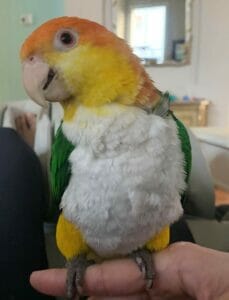
Towards Christmas last year, another foster bird came to us. It’s been three decades since I’ve had smaller birds, and I fell in love with Zorro the moment I saw him. He looked like a stuffed doll with a white sweater and stepped up to cuddle with me the first time we met. Zorro wanted to cuddle and be on people 24/7. He also wanted to eat human table food (very unhealthy or even deadly for parrots), and was used to getting his way–Zorro obstinately screeched at a high pitch whenever he didn’t. Does this sound like a child throwing a public tantrum when his parents refuse to buy a bag of candy for breakfast?
Despite his size, he was very aggressive and territorial towards our family parrot, and to my shock, he started feather plucking. Zorro slowly untangled his fluffy white sweater feather by feather. Did I cause or somehow instigate the feather plucking? Did I not love him enough? I did all the right things. How could this be happening? Does this make me a bad foster parent?
Parents often have similar trains of thoughts about their children. Did my parenting cause my son’s ADHD? Is my daughter under-performing in school just to spite me? Or as parents, we attack each other rather than focus on what should be our goal—raising children to be the best versions of themselves.
I started fostering rescued animals because I love them. Their love is so simple and unconditional. They didn’t choose to be purchased as pets and live in captivity with us. So, if my focus remains on the goal of getting animals adopted, then I need to consistently do what works to help them. For Zorro, I needed to observe how he’s feeling through his behaviors, and explore all possibilities of what might be prompting him to pluck. Sometimes the answer is as simple as not getting enough sleep. Other times, the determining factors are less within our control, like hormones, puberty.
Behaviors are often the guidebook to children’s true feelings. For example, they may be nervous about going to a new school because they haven’t been taught how to initiate and maintain conversations comfortably with new people, so they cry and feign illness to avoid going to that new school. Parents can play the curious detective to find out the root causes of their children’s behaviors, empower them by building in areas where skills are deficit, and in the process, build stronger and closer relationships with their kids. I hope the parallels drawn to my parrot fostering experience help highlight some common fallacies.
As you now see, we’ve returned to our “12-Step Make It Happen” theme. Below is a bullet point summary of the steps discussed so far.
- Consistency – Disciplined practice
- Self-Awareness – Honest observation without judgement
- Exploration – Reflect, Troubleshoot
Other Reading:

Parrot Education & Adoption Center (PEAC) is a 501(c)(3) non-profit, volunteer organization dedicated to educating current and potential bird owners on the proper care of companion parrots. They have interesting and practical classes that teach people on parrot behavior and how to make engaging toys and activities for companion parrots. Click here to view the birds available for adoption.

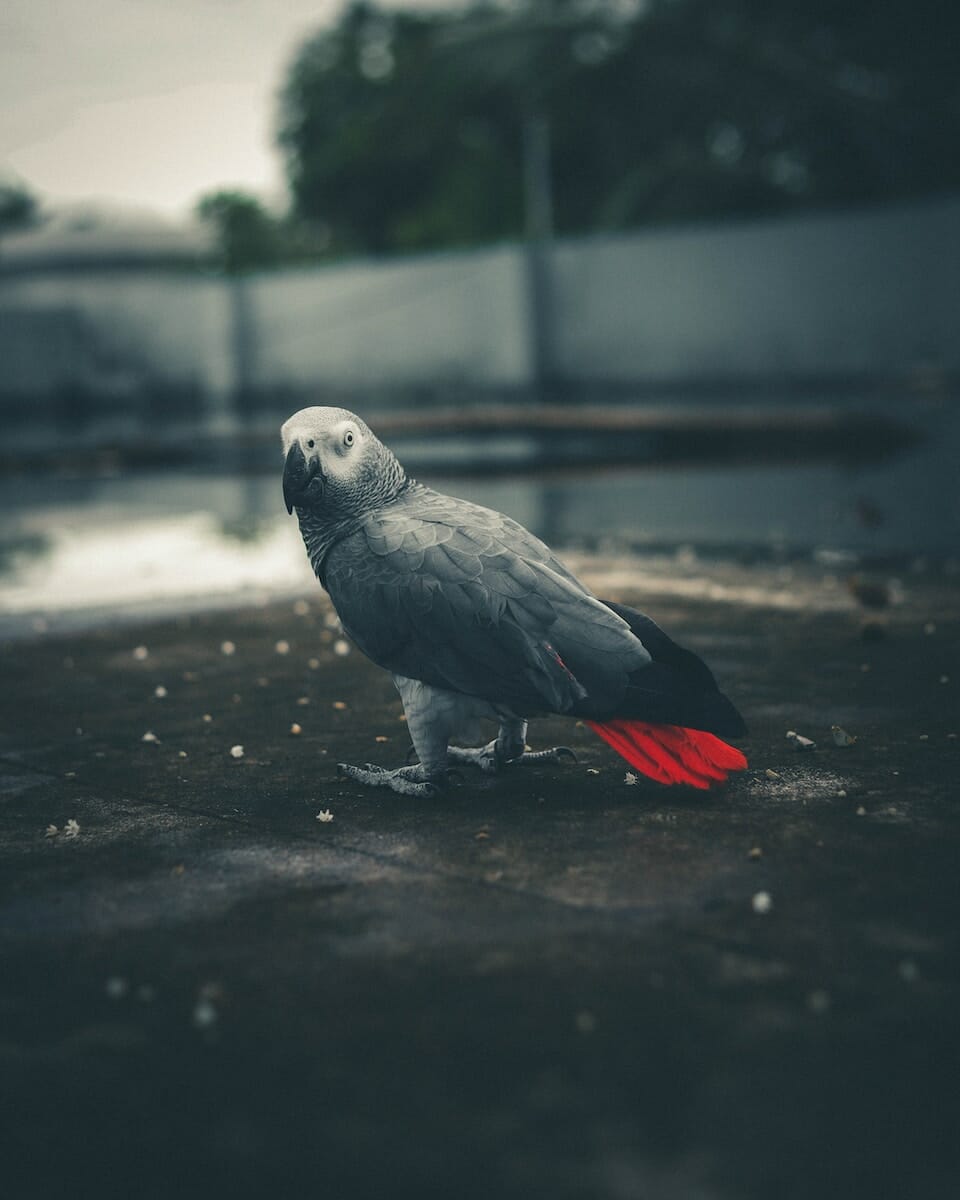
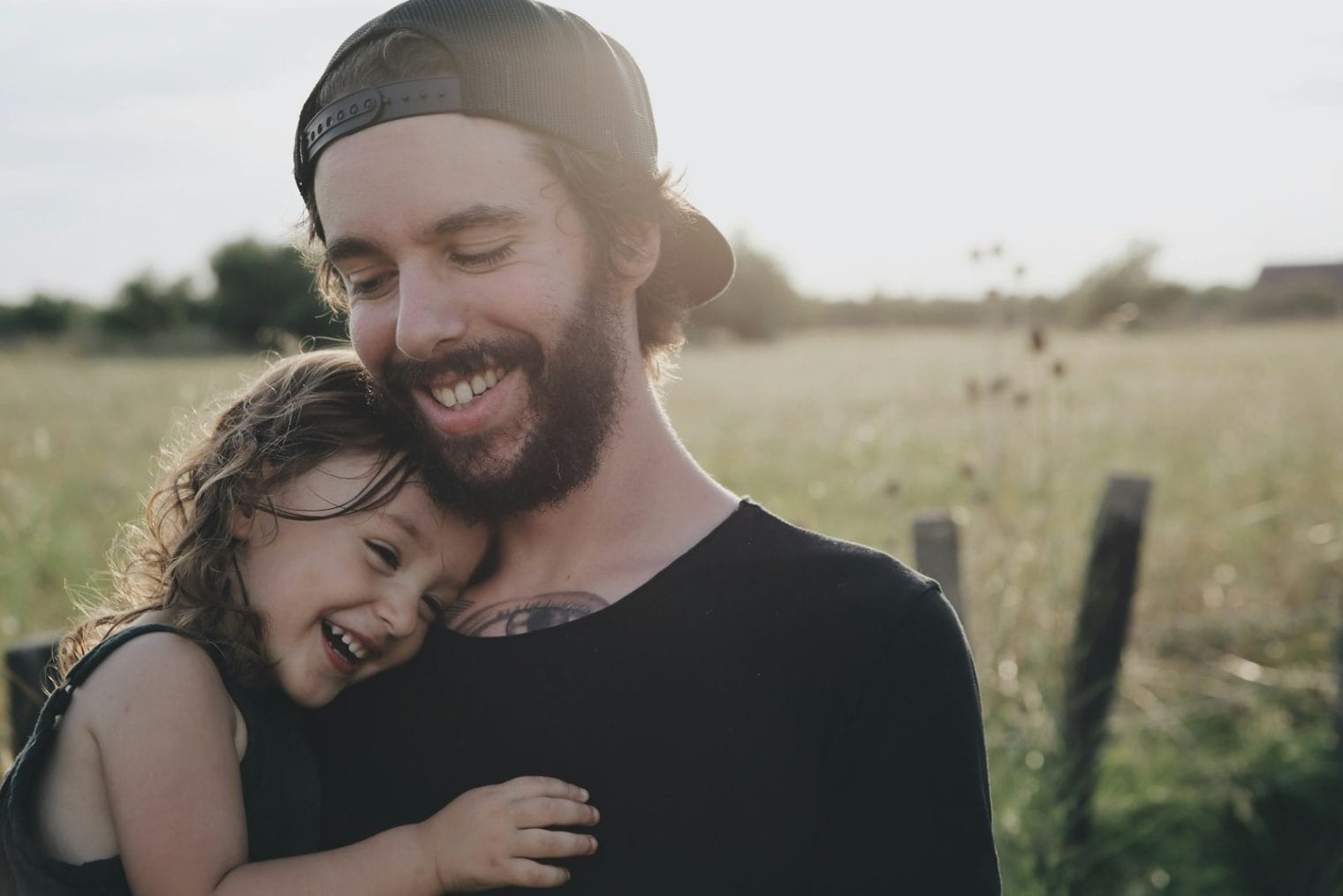
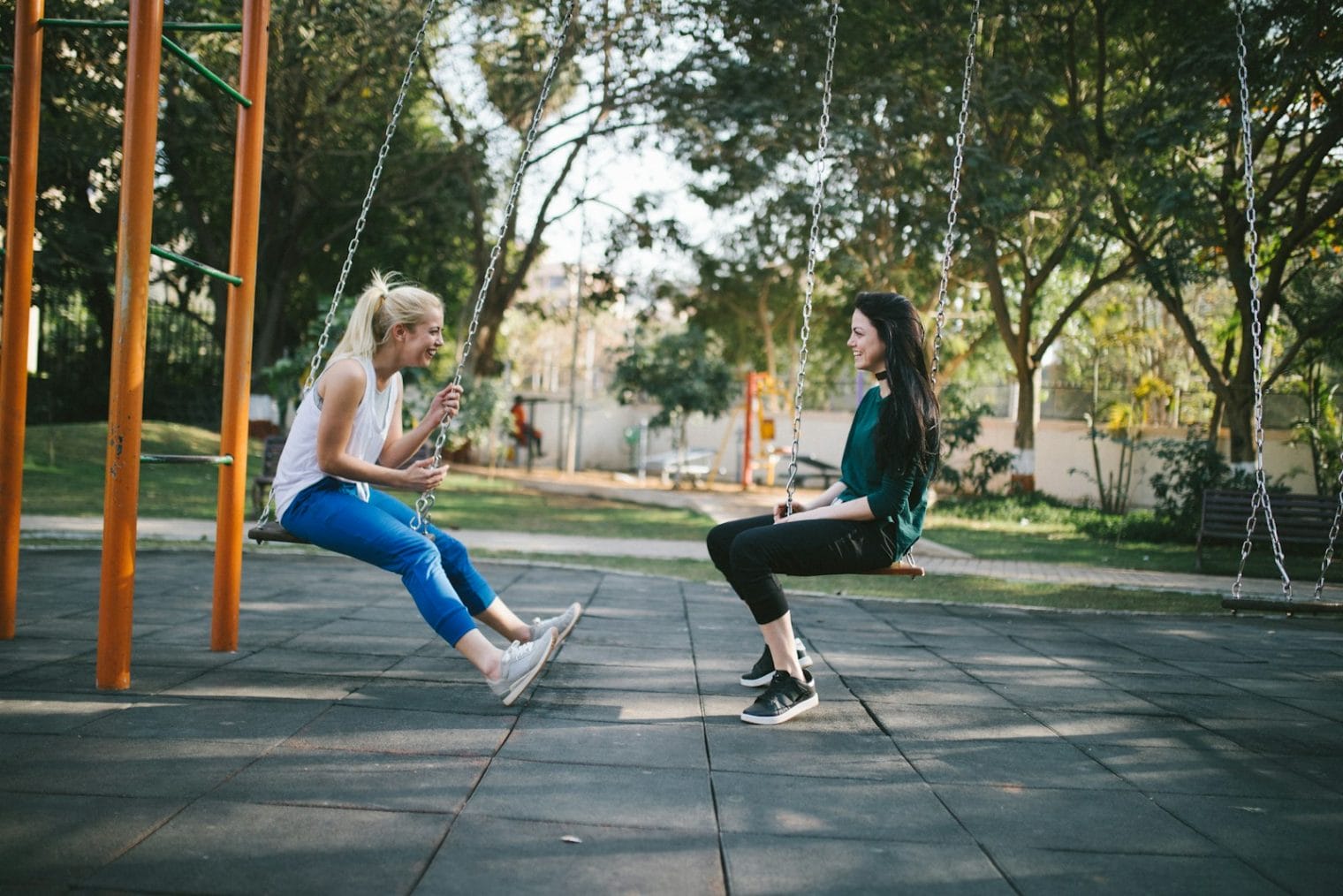

Responses to “It’s Not Me. It’s You”
She called him Harpy because he screeched ear-splitting non-stop day after day. He was like a kid throwing a tantrum because he didn’t get his way.
By the way, she used to call Zorro “Harpy”.
With reason.
And didn’t you call him ‘Harpy’ too?